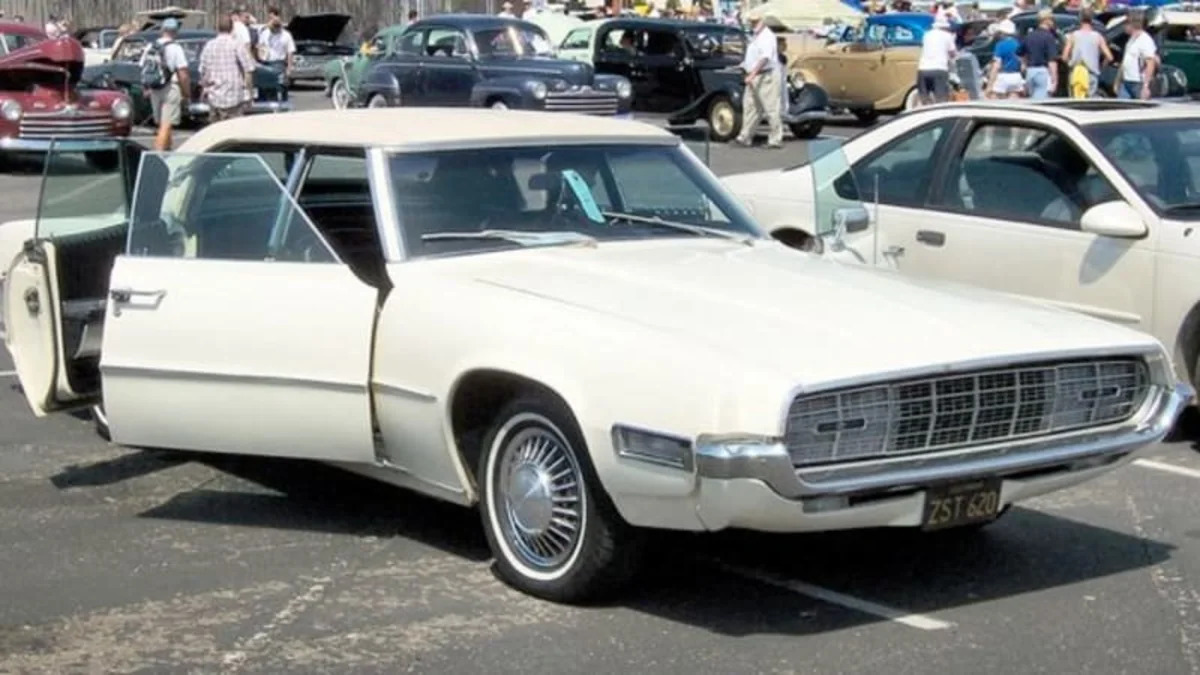Battery technology is getting better, it just isn't getting better as quickly as we'd like. Certainly, battery advancements haven't kept pace with the astounding advances in areas like electronics, and it has failed to produce the cheap, capacious, powerful cells we'd like to have for driving our electric vehicles cross country while laughing at gas stations and electric outlets alike.
So, imagine if you saw an announcement in the Wall Street Journal noting that Ford had developed batteries with 15 times the storage of the best currently available. It would be tempting to think of a Ford Focus EV with a range that would take it from New York to Chicago and back on a charge. Or EVs with the same range and performance, but with batteries so small and inexpensive that they quickly displaced gas-burners for our daily commute.
It was exactly a breakthrough of this magnitude that Ford had in mind... 45 years ago. What Ford had developed were batteries based around sodium and sulfur. This type of battery has a lot going for it. Just as Ford announced, it packs high energy capacity and a high discharge rate, so it can both store the power that EVs need and provide that power to the motor(s) in a hurry. It may not actually pack the density needed for a continent-hopping EV, but it does have twice the energy density of lithium ion while using much cheaper materials.
Unfortunately, sodium sulfur batteries have a very high operating temperature (over 570 degrees Fahrenheit) and the materials have proved to be highly corrosive and hard to deal with. This type of battery is still being manufactured for use in fixed installations for grid storage, but it has been difficult to harness for mobile applications.
Still, it's fun to think of those classic Mustangs and Thunderbirds humming forward on the silent power of electricity. Just imagine all the batteries that could fit under the hood of the 1968 Thunderbird pictured above – and how far it could go!
So, imagine if you saw an announcement in the Wall Street Journal noting that Ford had developed batteries with 15 times the storage of the best currently available. It would be tempting to think of a Ford Focus EV with a range that would take it from New York to Chicago and back on a charge. Or EVs with the same range and performance, but with batteries so small and inexpensive that they quickly displaced gas-burners for our daily commute.
It was exactly a breakthrough of this magnitude that Ford had in mind... 45 years ago. What Ford had developed were batteries based around sodium and sulfur. This type of battery has a lot going for it. Just as Ford announced, it packs high energy capacity and a high discharge rate, so it can both store the power that EVs need and provide that power to the motor(s) in a hurry. It may not actually pack the density needed for a continent-hopping EV, but it does have twice the energy density of lithium ion while using much cheaper materials.
Unfortunately, sodium sulfur batteries have a very high operating temperature (over 570 degrees Fahrenheit) and the materials have proved to be highly corrosive and hard to deal with. This type of battery is still being manufactured for use in fixed installations for grid storage, but it has been difficult to harness for mobile applications.
Still, it's fun to think of those classic Mustangs and Thunderbirds humming forward on the silent power of electricity. Just imagine all the batteries that could fit under the hood of the 1968 Thunderbird pictured above – and how far it could go!


Sign in to post
Please sign in to leave a comment.
Continue